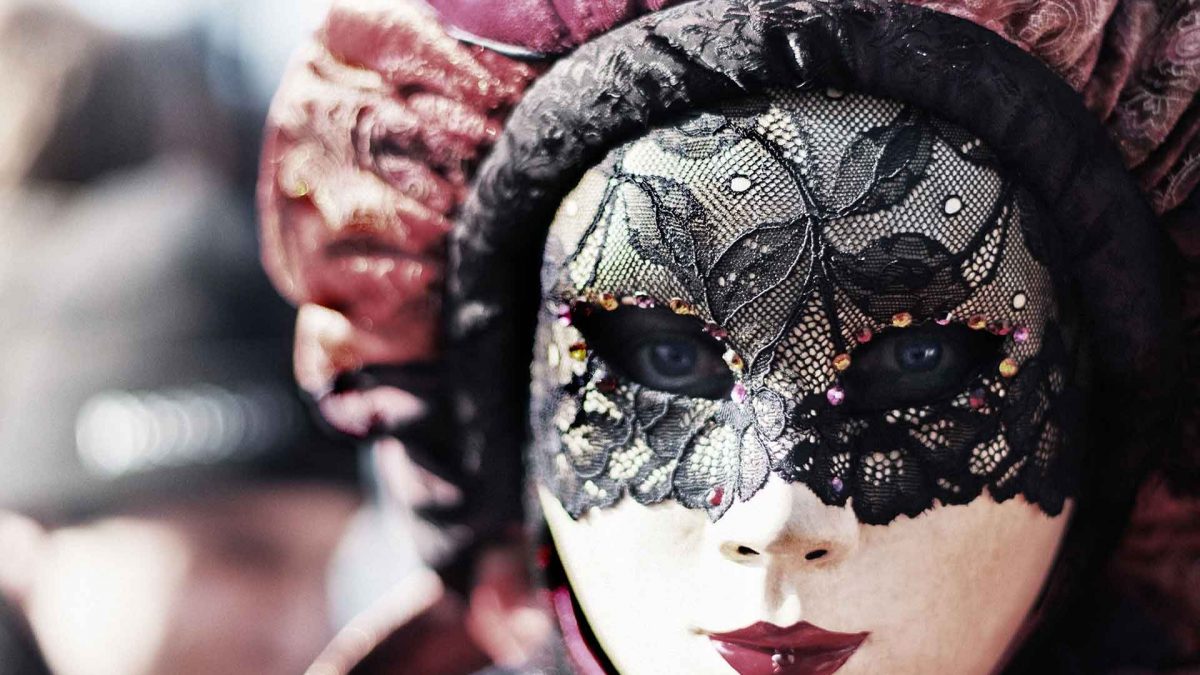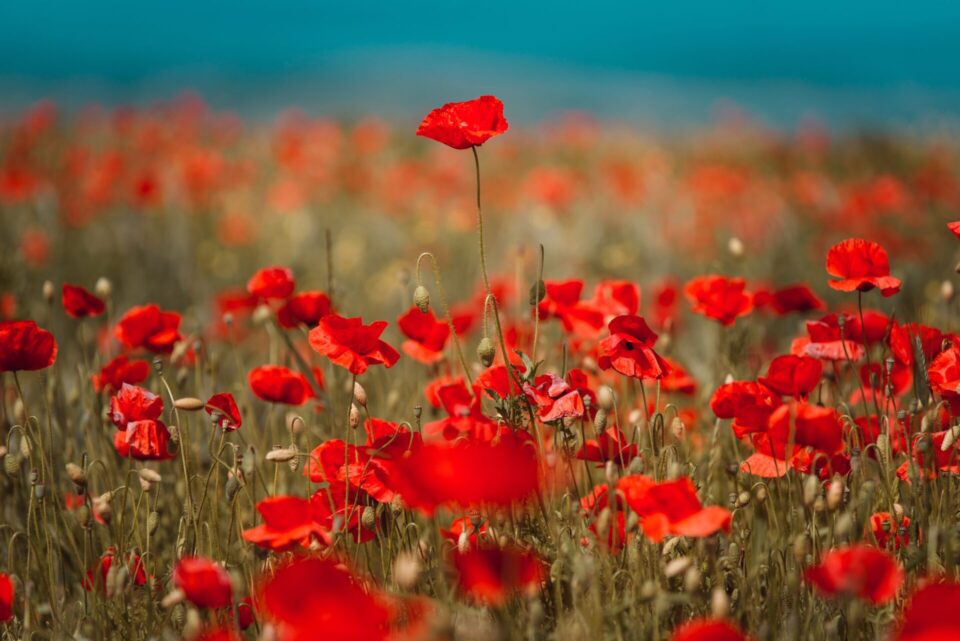The carnival

One of the most awaited events by the Apulian people, in particular by the “Putignanesi”, is certainly the Carnival of Putignano. An event that involves religion, history, art, passion and craftsmanship, creating a feast that entertains young and adults.
The Putignano Carnival is the oldest and the longest in Italy. Its origins seem to date back to the far 1394, when the Apulian coast was prey to the assaults of the Saracens, so the inhabitants and the rulers had to provide to protect, from the looters, what most precious they had in the territory. Among these preciousness were the relics of St. Stephen that until then had been kept in the Abbey of Monopoli.
Putignano, thanks to its position, was chosen as the recipient of the relics, specifically they were transferred to the Church of Santa Maria La Greca, where they are still kept today. Legend has it that during this procession to bring the relics to the Church, the peasants at that time engaged in grafting the vines with the technique of offshoots, abandoned the fields to join the procession with songs, dances and reciting satirical verses in the local dialect . And it is precisely on December 26 that the carnival begins.
Even today, in fact we celebrate the ceremony of the offshoots, where during a procession takes place the exchange of the candle, a symbol to ask for forgiveness of sins that will be committed during the carnival period.
This period is also characterized by the Thursdays, which start precisely after 17 January, the feast of S.antonio. In fact, while in the past Thursday was seen as a day for banquets, dances and parties, today we are witnessing satirical representations that tell the story of a certain social class.
Over the years the traditions have changed slightly, in fact the famous “carri allegorici” have been added to the processions. The first “carro”made its triumph in the early 1900s, it is a cart made up simply of straw puppets and rags; but in the early 50s with the creation of new working techniques the first wagon made of “cartapesta” appeared. And it is precisely this that makes the Putignano carnival one of the most beautiful in Italy. Every year we attend the parades (3 Sundays plus the “giovedì grasso”) of a series of ever more beautiful and avant-garde “carri allegorici”, which leave the spectators delighted and who at the end see the most beautiful, rewarded.
The end of the carnival arrives with the parade on “giovedì grass” the “fat Tuesday”. Which sees involved hundreds of youngs and families with children. The festive atmosphere that is created is unique. All over the village there are speakers who broadcast music, dance and party until late evening.
Finally, one hour before midnight, the 365 tolls (one for each day of the year) of the bell of the Mother Church, recall that the period of celebration is over and that of penitence is about to begin:Lent.



